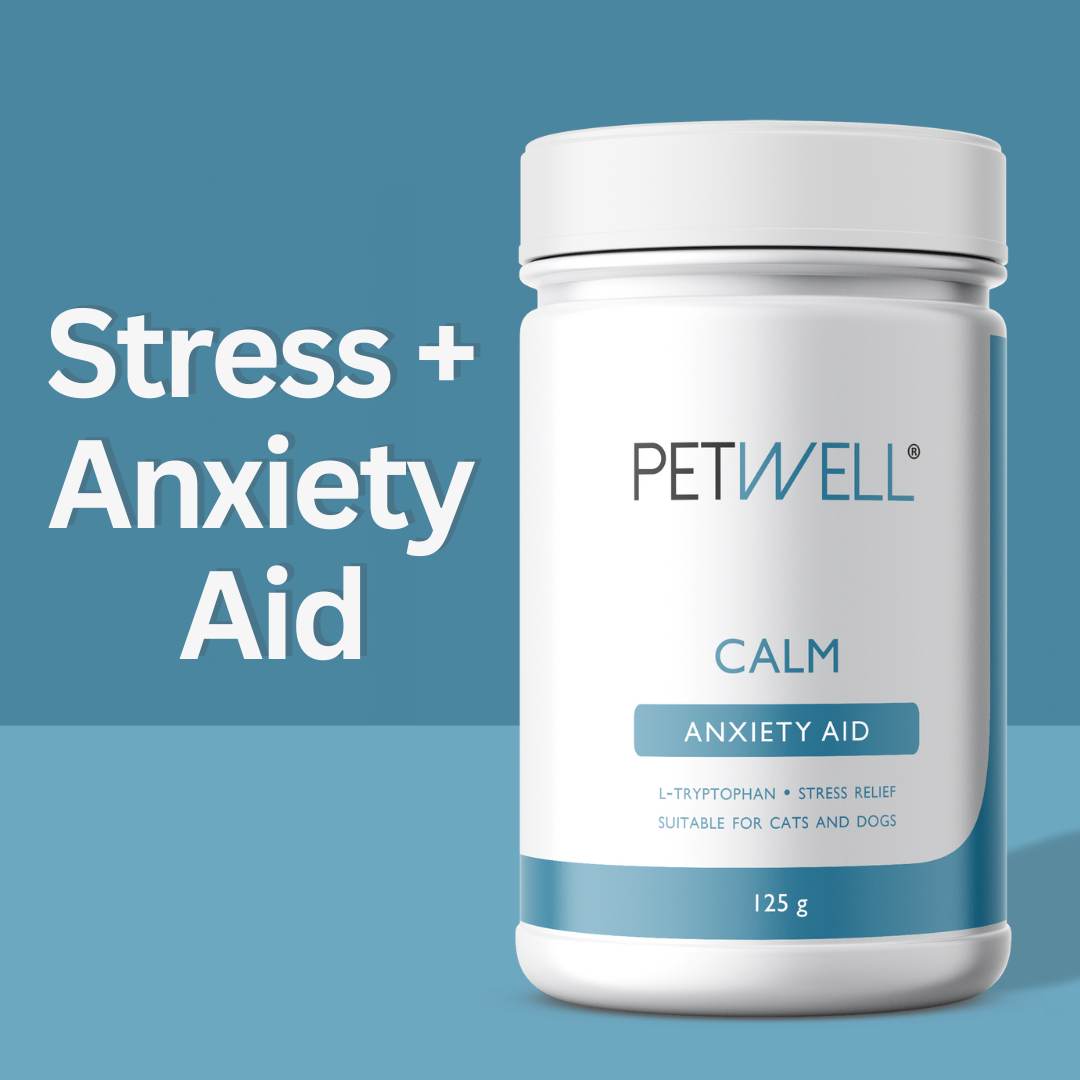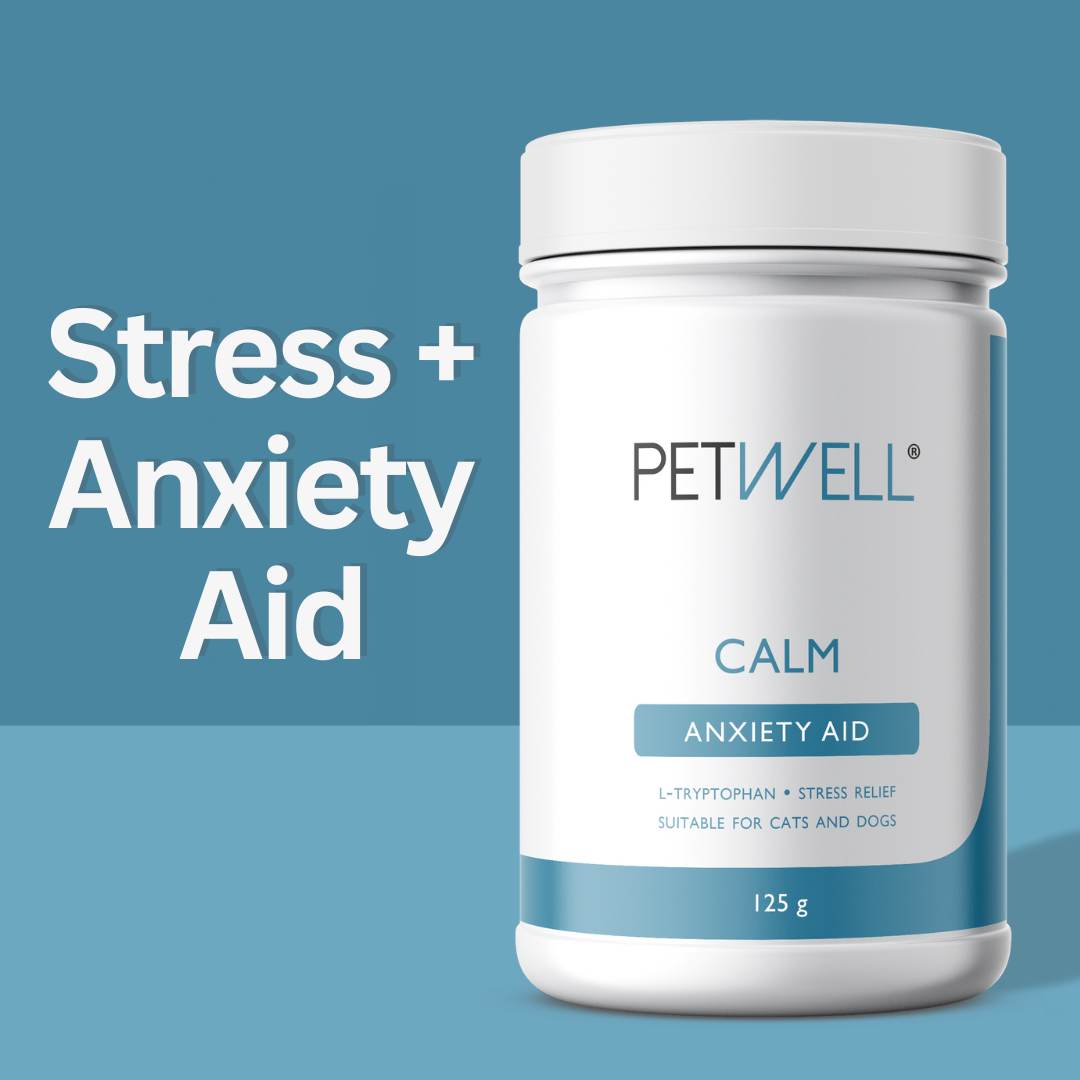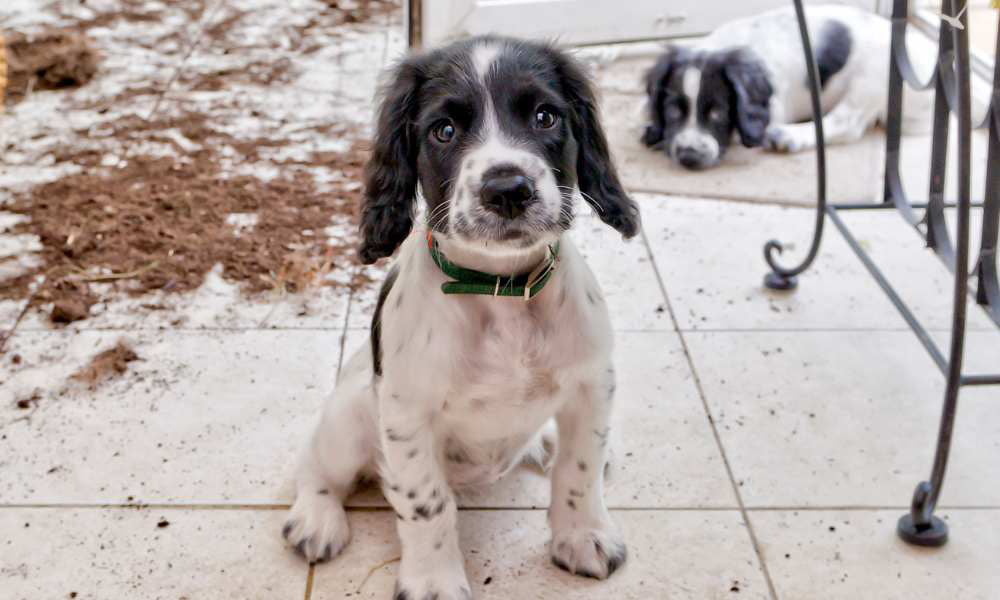As pet owners, we wonder how to discipline a dog properly. Disciplining a dog is important for their well-being, but it’s essential to use methods that are not only effective but also compassionate.
One of the biggest mistakes most pet owners make is using punishment, such as hitting. This not only fails to correct behaviour but can cause emotional damage, especially for dogs already suffering from anxiety.
So many of us grew up believing that tapping a dog on the nose is a harmless form of discipline, often because it's seen as a gentle or minor correction compared to more severe punishments.
This idea likely stems from the misconception that a light tap will get the dog’s attention without causing harm.
However, did you know that a dog’s nose is one of the most sensitive parts of their body? It’s packed with nerves that make it extremely receptive to touch. Even a small tap can cause discomfort or pain, leading to fear, confusion, or even mistrust.
Instead of tapping their nose, gentle training methods like redirection and positive reinforcement are far more effective and humane ways to guide your dog's behaviour.
In this article, we’ll provide three tips on how to discipline a dog in a way that promotes positive behaviour while strengthening the bond between you and your dog.
We’ll also explain why hitting and fear-based discipline methods don’t work and highlight the emotional impact on your pet.
3 Tips for Positive Dog Discipline – How to Discipline a Dog Properly

Let’s focus on effective discipline methods that reinforce good behaviour without fear or harm. These techniques help your dog learn, grow, and strengthen their trust in you.
1. Positive Reinforcement Positive reinforcement dog training is a proven method that rewards good behaviour instead of punishing bad behaviour.
Whenever your dog listens to a command or behaves well, reward them with treats, praise, or playtime. Over time, they will associate good behaviour with positive outcomes and will be more likely to repeat those behaviours.
2. Redirection Instead of Punishment If your dog is engaging in unwanted behaviour like chewing on shoes or furniture, redirect their attention to something appropriate, such as a chew toy.
Once they start playing with the toy, praise them. Redirection teaches dogs what they should be doing, rather than simply punishing them for what they shouldn’t. This is called redirect dog behaviour training.
3. Consistency in Boundaries Set clear boundaries and be consistent. Dogs thrive in environments where they know what is expected of them. If you allow certain behaviours sometimes but scold for them at other times, it’s not only cruel, but your dog will also become stressed and confused. Consistent, calm reinforcement helps build a happy, secure and confident dog.
Positive reinforcement is much better for dogs because it focuses on rewarding good behaviour, which encourages them to repeat those actions. This method strengthens the bond between both of you, and your dog will be motivated and eager to learn.By rewarding dogs with treats, praise, or playtime for following commands or behaving well, they associate their actions with positive outcomes, building confidence and reducing stress.
Key benefits of positive reinforcement training for dogs:
- Encourages dogs to repeat good behaviour
- Strengthens the bond between dog and owner
- Builds confidence and reduces stress
- Creates a happy, motivated dog eager to learn
- Avoids fear and anxiety, unlike punishment
- Provides clear, compassionate guidance
By using positive discipline methods, you ensure your dog feels safe, loved, and motivated to behave well. Ultimately, both you and your dog will be happier, creating a bond built on trust, not fear. |
Here are 7 Practical Dog Training Techniques
Why Hitting a Dog Never Works - Especially for Anxious Dogs
Fear-based disciplining, such as hitting, is particularly harmful to dogs who suffer from anxiety. Dogs with anxiety are already in a heightened state of fear and stress. Physical punishment only adds to their emotional burden, making them more fearful, confused, and less able to learn from the discipline.
Just like humans, dogs have emotional needs. Imagine hitting a child as a form of discipline, most people would recognise this as cruel and damaging. Similarly, hitting a dog sends them into a state of fear, making them too stressed to understand what they did wrong.
Fear-based methods do not foster trust; instead, they break it, leading to behavioural problems such as aggression or extreme submissiveness.
The Negative Impact of Fear-Based Discipline
Increases Anxiety
As mentioned above, dogs who already struggle with anxiety, fear-based discipline compounds the problem. When any dog is afraid, they become unable to process information effectively, meaning they won’t learn from their mistakes but will instead react with more fear.
Damages Trust
Hitting teaches your dog to fear you, not respect you. This leads to an erosion of trust, which is crucial for healthy dog-owner relationships. Dog’s needs reassurance and security, not fear or stress.
Stops Learning
Dogs disciplined with fear become so focused on avoiding punishment that they fail to learn the correct behaviour. They aren’t processing what they did wrong, they’re just trying to survive the moment. As a result, long-term behaviour issues are likely to persist or worsen.
If your dog suffers from anxiety, try our all-natural CALM supplements and functional treats.
Created by a pet naturopath, these products are formulated with naturally occurring L-tryptophan, L-theanine, and other synergistic ingredients to deliver optimal calming results. Give your dog the relief they deserve!
What NOT to Do When Disciplining a Dog
In addition to avoiding physical punishment, there are other harmful practices to steer clear of:
Yelling
Just like hitting, yelling increases your dog’s anxiety and confusion. Dogs respond far better to calm, assertive directions.
Do This
Use a calm, confident tone when giving commands or corrections. Dogs are more likely to respond to assertive, steady guidance, which helps them understand and feel safe, reducing anxiety and confusion.
Inconsistent Discipline
If you aren’t consistent with the rules, your dog will become confused and uncertain about what behaviour is expected.
Do This
When you set clear boundaries and enforce them every time, your dog will feel more secure and confident, knowing exactly what behaviour is expected.
Punishing after the fact
Punishing a dog for something they did earlier doesn’t make sense to them. Dogs live in the present and need immediate feedback for effective learning.
Do This
Focus on immediate feedback. Praise or correct your dog in the moment so they can associate their behaviour with the consequence. Whether it's positive reinforcement for good behaviour or gentle redirection for misbehaviour, redirect your dog’s behaviour by offering an alternative action, like providing a toy or giving a command. Reward them when they follow your direction to reinforce the positive behaviour.
Read more on Understanding Common Dog Behavioural Issues
In Summary
Effective dog discipline is about teaching and guiding your pet in a way that builds trust, security, and happiness. Hitting and fear-based methods damage this trust and can cause long-lasting emotional harm, particularly for dogs suffering from anxiety. Instead, focus on positive reinforcement, redirection, and consistency to create a happy, well-behaved dog.
Disclaimer: The entire contents of this email and website are not to be taken as medical advice. The team at Pet Squad Pty Ltd trading as PetWell encourages you to make your own pet healthcare decisions based on your research and in partnership with a qualified pet healthcare professional.




























